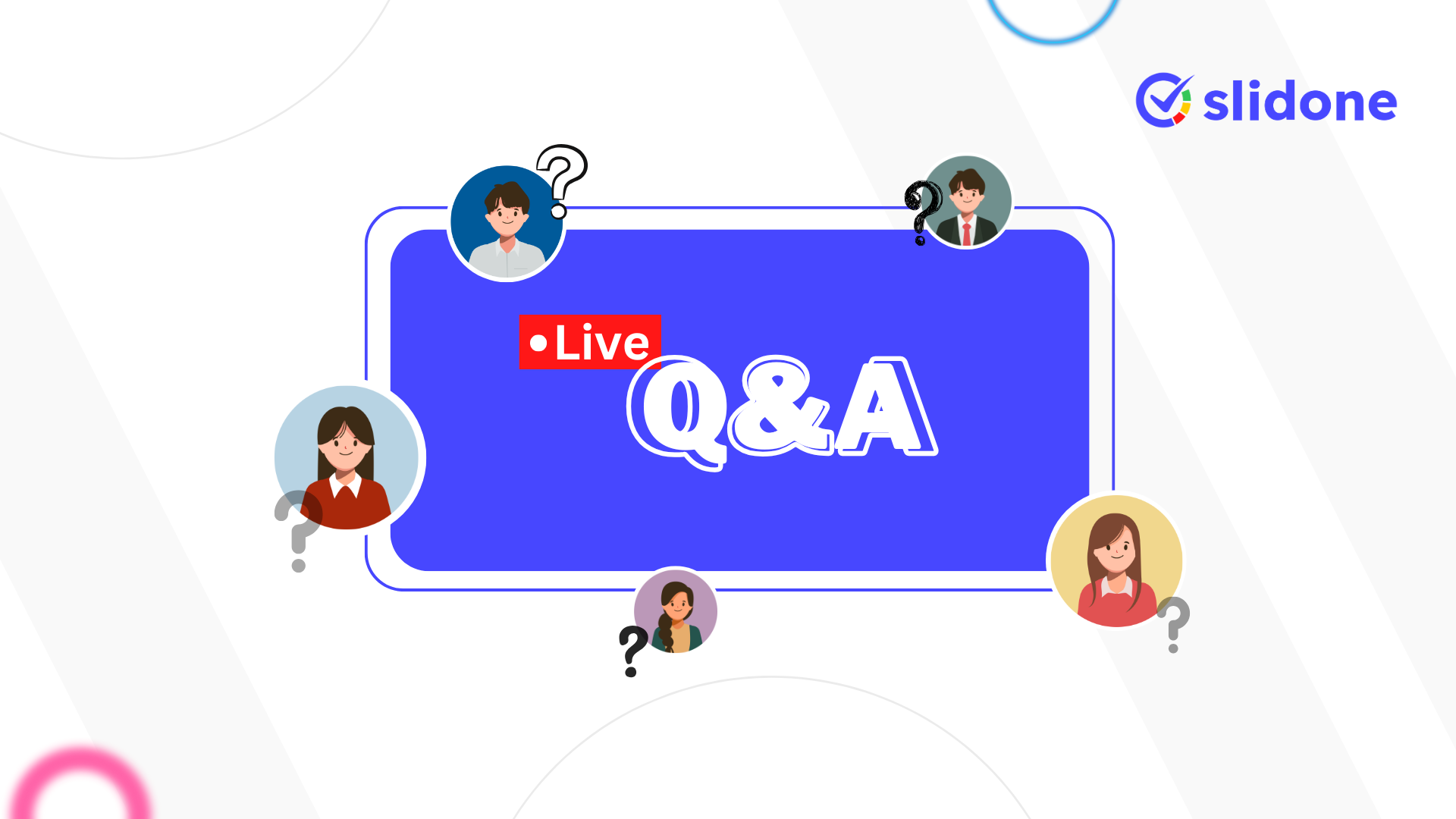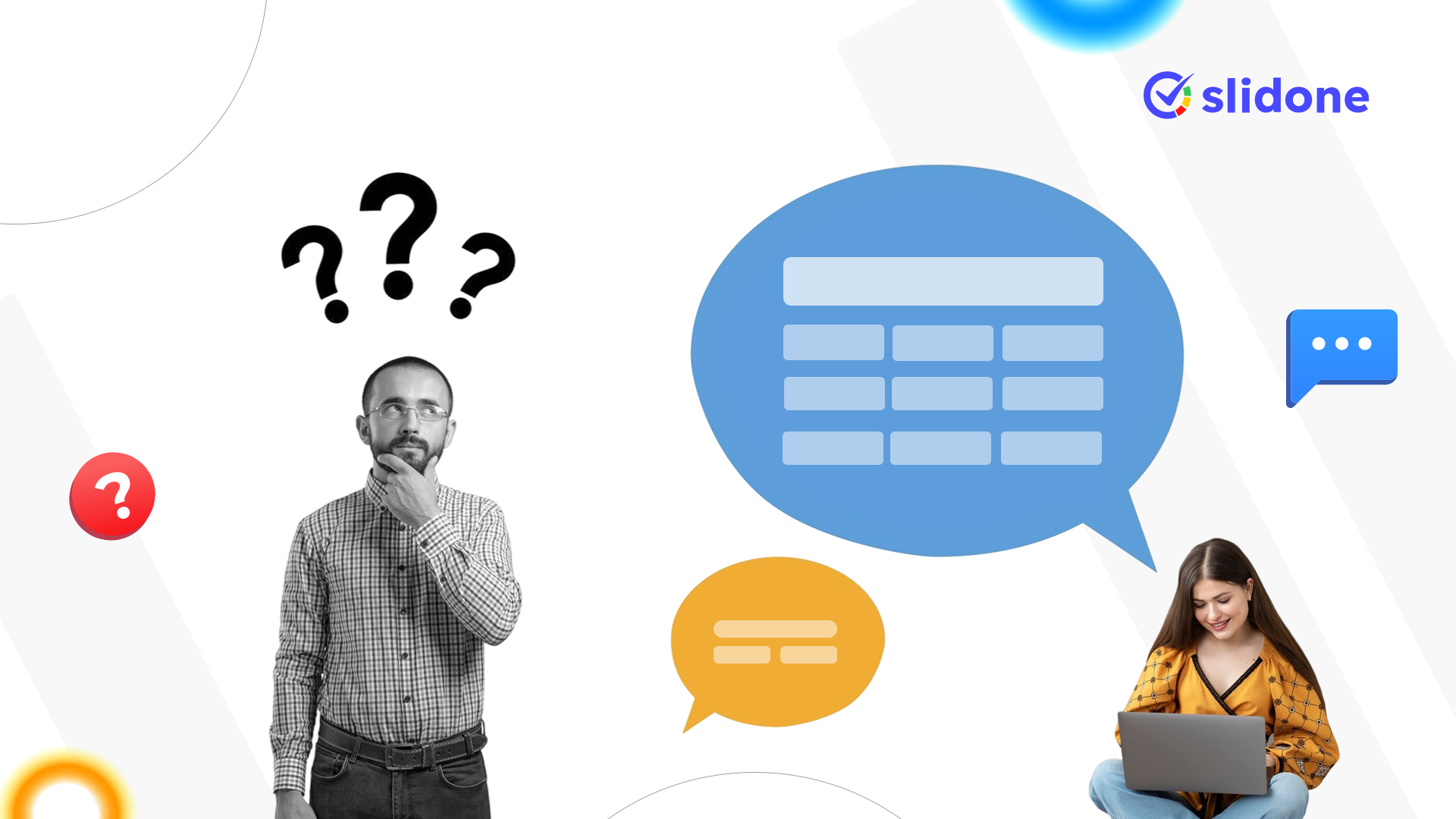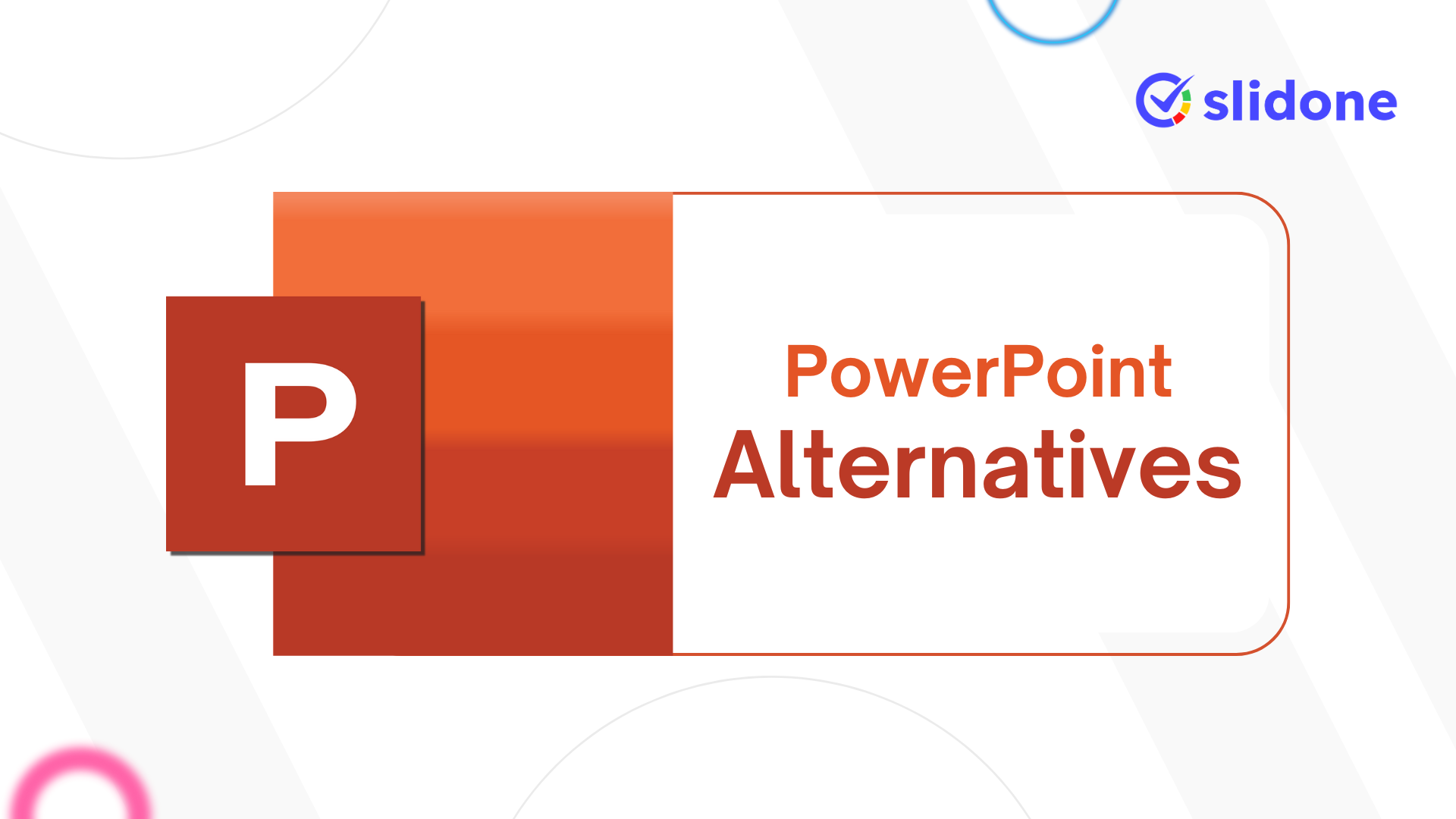A Live Q&A session functions as an interactive format because audiences can submit questions during the session which automatically generates immediate answers. A Live Q&A format promotes audience interaction so people can ask immediate questions during meetings or educational sessions and digital presentations.
With the rise of interactive presentation tools, Live Q&A sessions are now easier to manage. A speaker uses these tools to solve audience questions quickly which creates better engagement and better productivity in the presentation.
The following article will examine different areas where Live Q&A sessions work and their impacts on communication along with learning and participant engagement.
What is a Live Q&A Session?
The Live Q&A session represents a tool which enables event participants to send questions directly to presenters throughout an ongoing presentation or event. Questions from users can be transmitted through interactive tools and Q&A software as well as direct chat functions.
The tool Slidone enables participants to submit questions either namelessly or with their identified names. The speaker who hosts the Q&A session can respond to submitted questions immediately thus building a lively question-and-answer exchange.
Benefits of Live Q&A Sessions:
✅ Encourages audience participation.
✅ Provides real-time engagement.
✅ Makes presentations more interactive.
✅ Helps clarify doubts instantly.
✅ Speakers have the ability to establish personal connections with their listeners through this method.
Where Can You Use a Live Q&A Session?
1. Business Meetings and Conferences
Business meeting and conference Live Q&A functions enable active dialogue between workers thus enabling them to fully understand essential matters.
How It Works:
- The platform allows staff members to query updates about corporate matters and organization guidelines and strategic initiatives.
- Managers and CEOs demonstrate transparency when they answer questions expressed by their employees.
- The Live Q&A function enables different organizational groups to work together as one team.
Example Use Case:
The Live Q&A town hall event allows staff members to pose questions regarding upcoming projects which executives instantly answer during the session.
2. Webinars and Virtual Events
Many webinar and virtual event presentations reach extensive audiences that make live interactions with all viewers difficult to achieve. The connection between speakers and questioners becomes possible through the implementation of Live Q&A features which enable remote participation.
How It Works:
- The event provides participants an opportunity to ask questions through the webinar platform.
- Modulation functions by checking and selecting the most significant inquiries from the audience.
- Presenters deliver their responses to queries directly from their live sessions which enhances the interactive nature of the presentation.
Example Use Case:
Users attending online marketing webinars get the chance to submit specific SEO strategy questions through the Slidone Q&A function that enables immediate responses from the presenter.
3. Classrooms and Educational Sessions
The implementation of Live Q&A sessions in education establishes both student participation and interactive learning methods.
How It Works:
- Students can provide queries on topics which the teacher teaches.
- The educational staff manages to answer all student questions without delay.
- Anonymity in question submission allows bashful students to take part in classroom discussions.
Example Use Case:
Through a Live Q&A feature history teachers enable students to pose their questions about historical subjects. The teaching staff will handle these inquiries during their final lecture presentation.
4. Product Launch Events
The Live Q&A format helps new product launch companies to promote audience participation and create anticipation while resolving customer questions.
How It Works:
- Customers can submit their queries concerning product specifications pricing along with ways to use the product.
- Company representatives provide real-time answers.
- Effective Q&A management through proper moderation enables increased trust for products and their manufacturers.
Example Use Case:
Potential smartphone buyers have the opportunity to engage in Q&A events with representatives who address their queries regarding device cameras and power duration and software version releases.
5. Corporate Training and Workshops
Corporate training sessions with Q&A support learning processes due to their ability to let employees seek clarification from trainers about training content.
How It Works:
- Trainers can answer real-time queries.
- The session enables staff to clear their uncertainties while maintaining a continuous flow of material.
- The system enables HR staff to determine which worker performance aspects cause the most difficulties.
Example Use Case:
The Q&A feature on Slidone enables HR teams to let employees submit phishing attack questions which trainers answer with appropriate security protocols.
6. Panel Discussions and Interviews
Panel discussions become more lively during Q&A sessions when viewers have the chance to ask questions to the panelists.
How It Works:
- All viewers enjoy the chance to ask questions on this platform during the running session.
- A moderator chooses appropriate audience questions for presentation to panel members.
- Such methods make the presentation dynamic while moving past traditional lecture style.
Example Use Case:
At a startup founders’ panel discussion a participant asks the key question to panelists about their greatest challenge as new entrepreneurs. The board members provide their responses one after the other.
7. Online Courses and E-Learning Platforms
E-learning platforms enable students to engage with instructors directly through their Live Q&A sessions in order to resolve uncertainties effectively.
How It Works:
- Members of an online class have access to question submission through their platform.
- Instructors provide immediate responses when they are not teaching or they respond during question-answer breaks.
- Virtual education becomes more effective because of the learning approach that active students create.
Example Use Case:
Coding bootcamp users gain access to a Live Q&A system through which they can submit debugging error questions that receive real-time solutions from instructors.
8. Town Halls and Government Meetings
Live Q&A sessions incorporated into public meetings serve the transparency cause through direct citizen question asking to officials.
How It Works:
- The public can bring their queries to the Live Q&A screening platform.
- Government representatives answer them live.
- Such tools serve as a way to eliminate communication problems that exist between government authorities and citizens.
Example Use Case:
During town hall meetings the mayor allows residents to ask questions about infrastructure projects during a live Q&A segment which city officials address.
9. Podcast Live Shows
Programmable Q&A interaction segments in podcasts create more active listener engagement since they let users speak with hosts and invited guests.
How It Works:
- The live recording begins after listeners send their inquiries ahead of time or while the session is active.
- Hosts read chosen questions which they respond to during their podcasts.
- Increases audience engagement and participation.
Example Use Case:
Listeners of an entrepreneurial podcast have the opportunity to participate in a Live Q&A part which enables them to pose questions about funding approaches for the entrepreneur speaker to respond to.
10. Customer Support Webinars
Businesses that provide real-time question and answer sessions during their customer support webinars enable them to tackle customers’ frequent inquiries directly.
How It Works:
- Users from customers want to know how to handle products together with products and service usage.
- Support agents deliver real-time solutions to customers through telephone assistance.
- Customer satisfaction along with support tickets decreases through implementation of this approach.
Example Use Case:
Users direct their troubleshooting and support questions to a Q&A webinar hosted by a SaaS company and support representatives demonstrate step-by-step answers.
The platform Slidone adds useful features to live Q&A programs.
The presentation integration software Slidone helps you deliver enhanced organized Live Q&A interactions.
The Live Q&A element of Slidone presents the following crucial features to its users:
✅ Anonymous Question Submission: Encourages participation from all audience members.
✅ Moderation Controls: The platform provides moderation tools which aid presenters to select and organize appropriate questions.
✅ Real-Time Audience Interaction: Keeps the conversation dynamic and engaging.
✅ Seamless Integration with Presentations: The platform enables smooth presentation integration by letting you embed Q&A sessions into your slides.
✅ Analytics and Insights: Through analytical tracking users can determine audience interaction metrics and track what topics their audience finds interesting.
Conclusion
Live Q&A operates as an influential method that enhances audience participation in different meeting environments. A carefully maintained Q&A session enables participants to have interactive discussions in business meetings, classrooms, webinars as well as customer support sessions.
Q&A sessions have now become simpler through the help of tools like Slidone in the market. Such platforms enable you to deliver structured sessions that fulfill both engagement goals and insightful dialogue requirements. Use Live Q&A for your upcoming session to improve interaction and observe its positive effects.





Leave a Comment
Your email address will not be published. Required fields are marked *